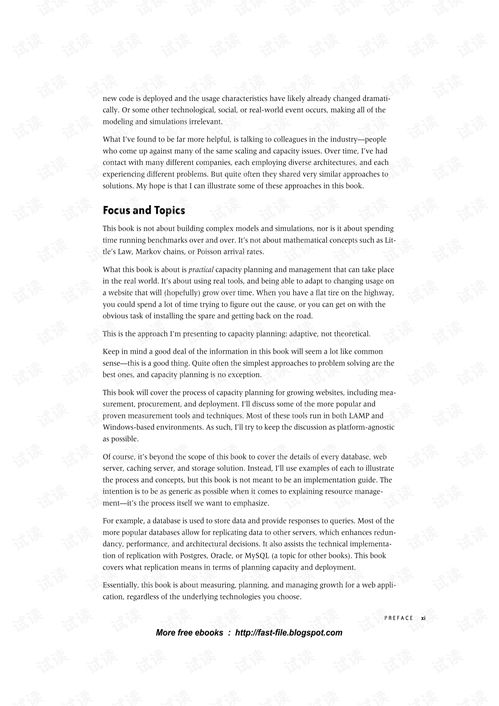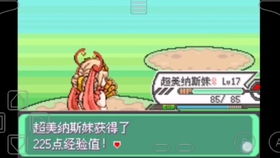Content:
In the world of angling, there's something particularly rewarding about mastering the art of catching flatfish, especially during those rainy days when the fishing is both challenging and exhilarating. Flatfish, such as flounder, sole, and plaice, are known for their delectable taste and can be quite elusive, especially in inclement weather. Here, we delve into the essential techniques for successfully fishing for flatfish in rainy conditions.
Understanding Flatfish Behavior in Rainy Weather
Flatfish are bottom-dwellers that are particularly sensitive to changes in weather, including rain. They tend to become more cautious and less active during rainy spells, which can make them more difficult to catch. However, with the right approach, you can still reel in these tasty creatures. Here's what you need to know about flatfish behavior in rainy weather:
Sheltered Areas: Flatfish often seek shelter in areas with structure, such as rocks, weeds, or drop-offs. These spots provide cover from the rain and can be prime locations for flatfish to congregate.
Slower Presentation: In rainy conditions, flatfish are less likely to chase down prey. Therefore, a slower and more deliberate presentation of your bait can be more effective.
Scent Attraction: The rain can wash away natural odors, so using strong scents in your bait or lures can help attract flatfish to your bait.
Essential Equipment for Rainy Weather Flatfish Fishing
The right equipment is crucial for successful flatfish fishing in rainy weather. Here's a list of essential gear you'll need:
Rod and Reel: A medium-heavy to heavy-duty spinning rod with a smooth drag is ideal for flatfish. A matching spinning reel with a good line capacity and a reliable drag system is also essential.
Line: Use a monofilament line with a breaking strength of 10 to 20 pounds. Fluorocarbon line is a good choice due to its low visibility underwater and increased sensitivity.
Hooks: Size 4 to 6 circle hooks are typically used for flatfish. The wide gap of circle hooks makes it easier to release the fish if it's not properly hooked.
Bait: Natural baits like worms, crabs, or small fish are favorites among flatfish. Artificial lures, such as soft plastics or spoons, can also be effective.
Waders and Rain Gear: Proper rain gear is a must to stay dry and comfortable while fishing in the rain. Neoprene waders and a waterproof jacket are essential.
Techniques for Catching Flatfish in Rainy Weather
Now that you have the right gear, it's time to apply some specific techniques to catch flatfish in rainy weather:

Locate Structure: Begin by scanning the bottom for areas with structure, such as rocks, reefs, or drop-offs. These spots are likely to hold flatfish during rainy conditions.
Drop Your Bait Slowly: Cast your bait to the chosen spot and allow it to sink slowly. In rainy weather, flatfish may not be as active, so a slow descent and presentation of the bait can be more effective.
Use Strong Scent: Adding a strong scent to your bait can help attract flatfish that may be less responsive to movement. Options include fish oils, blood, or even garlic.
Patience is Key: In rainy weather, it's important to be patient. Flatfish may not bite immediately, so give your bait time to work.
Adjust Your Rigging: If you're using live bait, ensure that it's presented in a natural manner. For artificial lures, experiment with different retrieves until you find what works best.
Watch for Signs of Bite: Even in rainy conditions, flatfish will sometimes make subtle strikes. Pay close attention to your rod tip for any signs of movement or tension, which could indicate a bite.
Handle the Fish Carefully: Once you've hooked a flatfish, handle it with care to minimize stress. These fish are bottom-dwellers and can be quite delicate. Use a dehooking tool to gently remove the hook.
Conclusion
Fishing for flatfish in rainy weather can be a challenging endeavor, but with the right techniques and equipment, it's certainly achievable. By understanding flatfish behavior, selecting the appropriate gear, and applying the right fishing methods, you can increase your chances of success. So, the next time you find yourself with a rainy day and a yen to fish, don't let the weather deter you from targeting those delicious flatfish. With a bit of patience and skill, you might just find that the rain brings out the best in your flatfish fishing experience.












